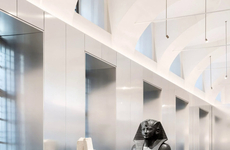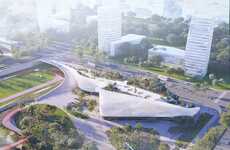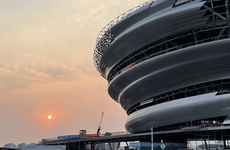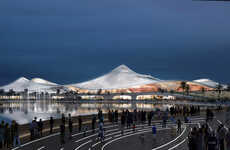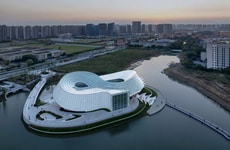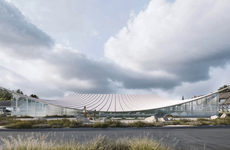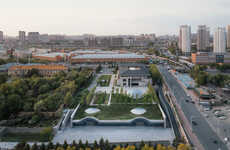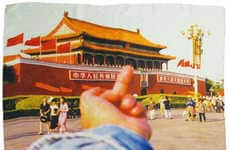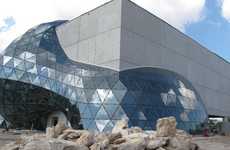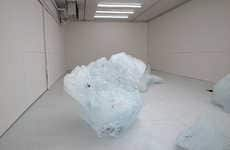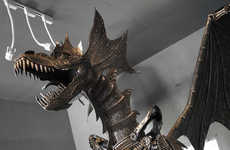
The National Art Museum of China by OMA Boasts Ambitious Design
Alexandra Serrano — November 8, 2012 — World
References: oma.eu & archiscene.net
Conceived with the paradigm of miniature city in mind, the National Art Museum of China by OMA boasts a grandiose scale that will house a vast amount of artwork.
Architectural firm OMA toys with sizing that characterizes their large cultural constructions. For this important museum, the firm attempts to pioneer a new genre of architecture that goes from large building to small city. The NAMOC will cater to its large volume of visitors, along with the institutional needs of creating a national museum.
An added advantage of thinking of the cultural center as a miniature metropolis allows for flexibility in the essential changing of gallery spaces. According to the architects, NAMOC will be characterized by the "intricate condition of the traditional urban fabric of China, and the contemporary era of radical modernization."
Architectural firm OMA toys with sizing that characterizes their large cultural constructions. For this important museum, the firm attempts to pioneer a new genre of architecture that goes from large building to small city. The NAMOC will cater to its large volume of visitors, along with the institutional needs of creating a national museum.
An added advantage of thinking of the cultural center as a miniature metropolis allows for flexibility in the essential changing of gallery spaces. According to the architects, NAMOC will be characterized by the "intricate condition of the traditional urban fabric of China, and the contemporary era of radical modernization."
Trend Themes
1. Miniature Metropolis Museums - Creating museums that resemble miniature cities could become a trend, allowing for seamless changes in gallery spaces and catering to large amounts of visitors.
2. Large Scale Cultural Constructions - Exploring the paradigm of miniature cities in architecture opens up the possibility of creating vast cultural constructions that cater to the institution's needs and visitors alike.
3. Flexible Gallery Spaces - Innovating on gallery spaces allows for museums to adapt to changing needs and showcase a large amount of artwork without overwhelming visitors.
Industry Implications
1. Architecture - Architects can capitalize on the paradigm of miniature cities to create vast, cultural constructions that cater to institutional needs and visitors alike.
2. Museum - Museum curators can benefit from the flexibility offered by the miniature metropolis museum paradigm and create spaces that showcase a large amount of artwork while adapting to changing needs.
3. Art and Design - Innovating on the gallery spaces creating a mini city could create new opportunities for showcasing artwork and foster innovation within the art and design industry.
0.8
Score
Popularity
Activity
Freshness


